Crabapple Pruning Info: When And How To Prune Crabapples
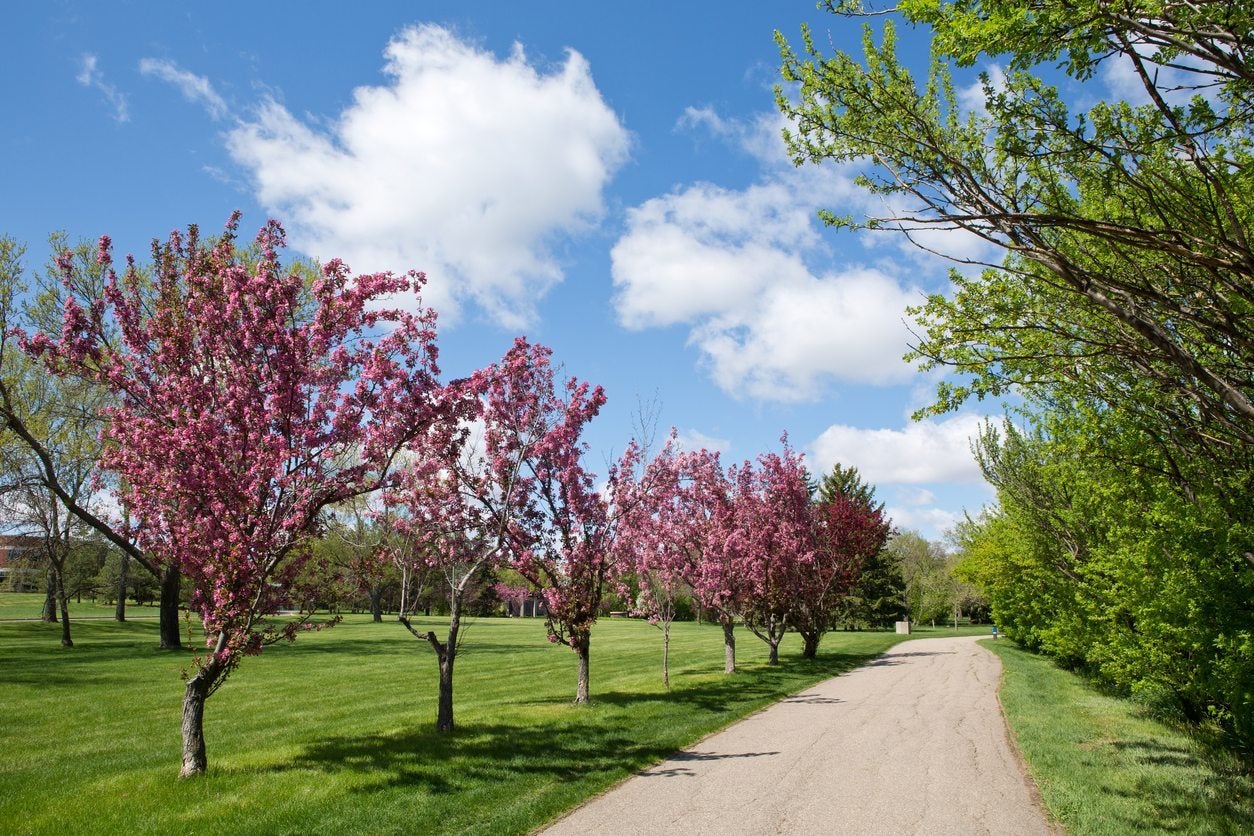

Crabapple trees are pretty easy to maintain and don’t require vigorous pruning. The most important reasons to prune are to maintain the tree’s shape, to remove dead branches, and to treat or prevent the spread of disease.
When to Prune a Crabapple Tree
The time for crabapple pruning is when the tree is dormant, but when the possibility of severely cold weather has passed. This means pruning should be done in late winter or early spring, depending on your local climate and temperatures. Suckers, the little shoots that come straight out of the ground around the base of the tree, can be pruned away at any time of year.
How to Prune Crabapples
When pruning crabapple trees, start by removing suckers and water sprouts. The suckers grow from the rootstock of your tree and if you allow them to develop, they can grow into new trunks, possibly of a completely different tree type. This is because your crabapple was grafted onto the rootstock of a different variety. Water sprouts are small shoots that emerge at an angle between some of the main tree branches.
They don’t usually produce fruit and crowd other branches, increasing the risk of disease spreading from one branch to another. The next step in cutting back crabapple trees is to remove any dead branches. Remove them at the base.
Once you have taken off any dead branches, water sprouts, and suckers, you have to be a little more judicious about what to remove next. Remove branches to create a pleasing shape, but also consider removing branches to help them stay well-spaced from each other. Crowded branches make the spread of disease easier.
You may also want to remove branches that hang too low and impede movement under the tree, especially if planted in an area frequented by passersby. Just remember to keep your crabapple pruning simple and minimal. This tree doesn’t require heavy pruning, so take your time and consider how you want it to look before you start removing branches.
Gardening tips, videos, info and more delivered right to your inbox!
Sign up for the Gardening Know How newsletter today and receive a free copy of our e-book "How to Grow Delicious Tomatoes".

Mary Ellen Ellis has been gardening for over 20 years. With degrees in Chemistry and Biology, Mary Ellen's specialties are flowers, native plants, and herbs.
-
 Terrifically Tubular Flowers For Hummingbirds: 9 Tube-Flowered Plants To Attract Hummers
Terrifically Tubular Flowers For Hummingbirds: 9 Tube-Flowered Plants To Attract HummersGrowing tubular flowers for hummingbirds helps you create the optimum feeding conditions for your winged friends. Here are nine tubed delights for hummers
By Tonya Barnett
-
 How To Grow Hydroponic Tomatoes For Fresh Indoor Harvests – No Soil Required
How To Grow Hydroponic Tomatoes For Fresh Indoor Harvests – No Soil RequiredLearning how to grow tomatoes in water is easy and allows you to harvest fresh-home-grown produce in every season without any mess.
By Ellen Wells
-
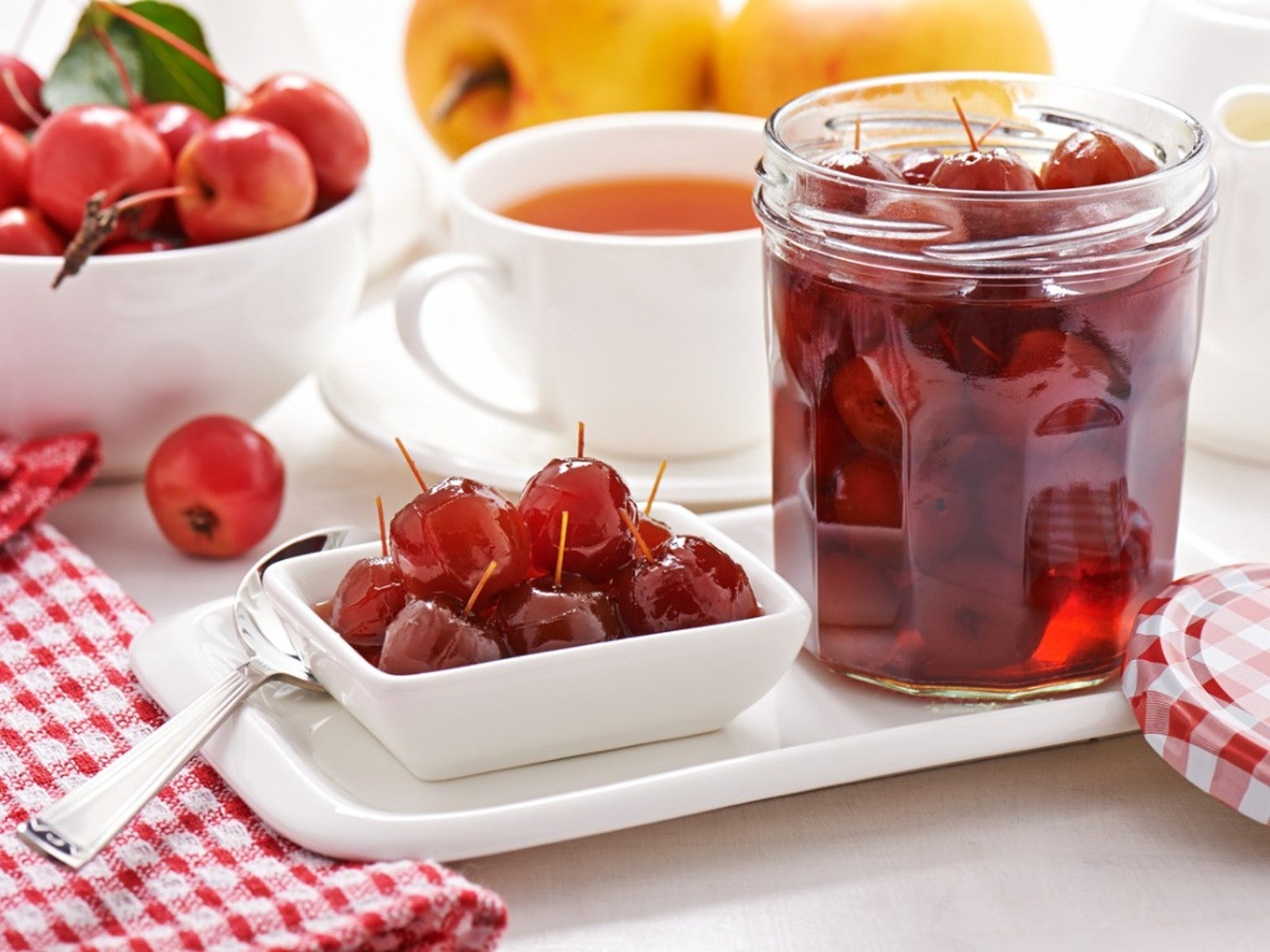 Crabapples Recipe Ideas To Add To Your Thanksgiving Menu
Crabapples Recipe Ideas To Add To Your Thanksgiving MenuCrabapple preserves make a delightfully tart treat. Learn here how to make a simple crabapple jelly.
By Bonnie L. Grant
-
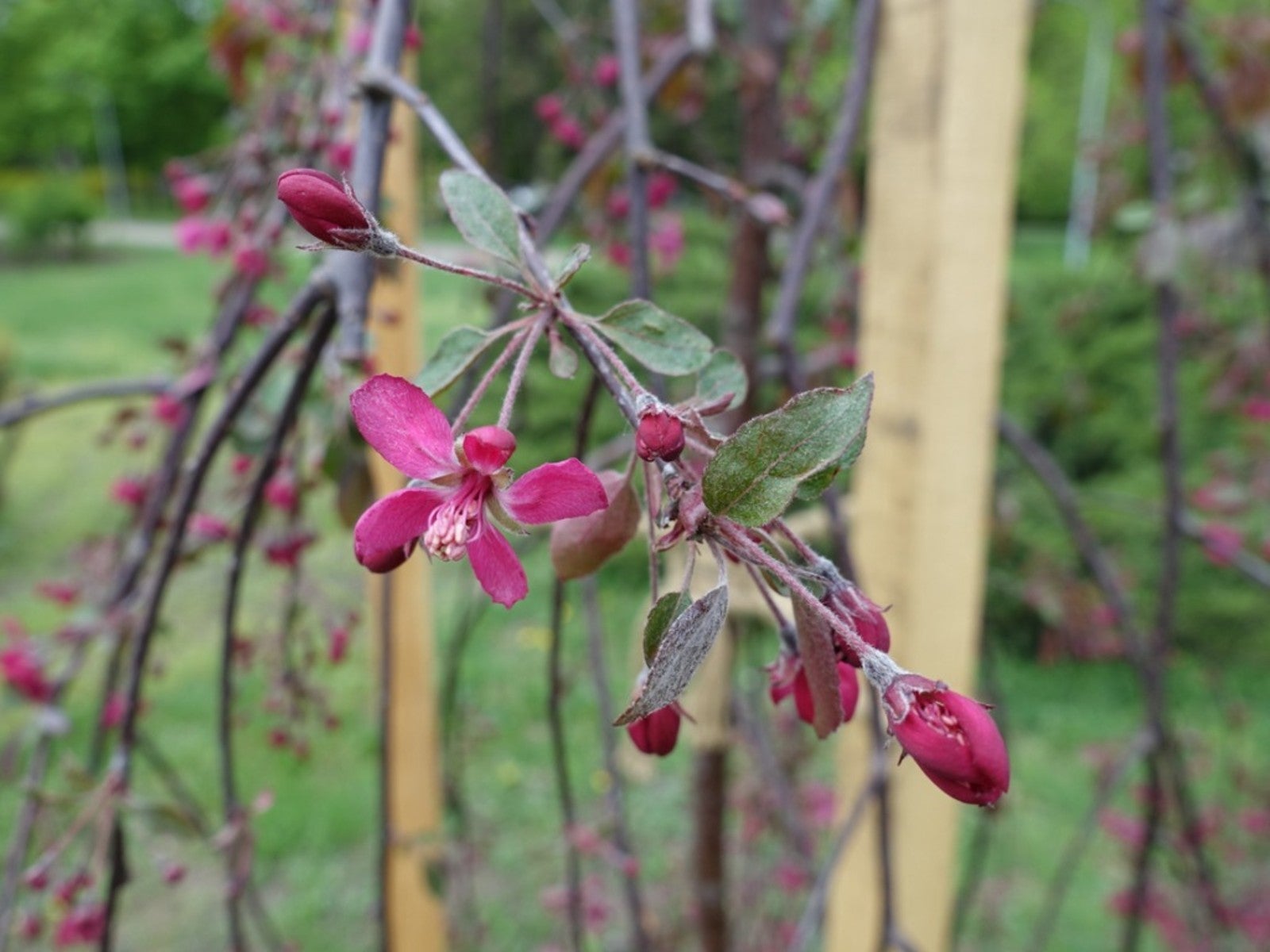 Weeping Crabapple Pruning – Tips For Trimming A Weeping Crabapple
Weeping Crabapple Pruning – Tips For Trimming A Weeping CrabappleTrimming a weeping crabapple is essential to keeping it healthy and blooming. If you are wondering how to prune a weeping crabapple, read on for info and tips.
By Teo Spengler
-
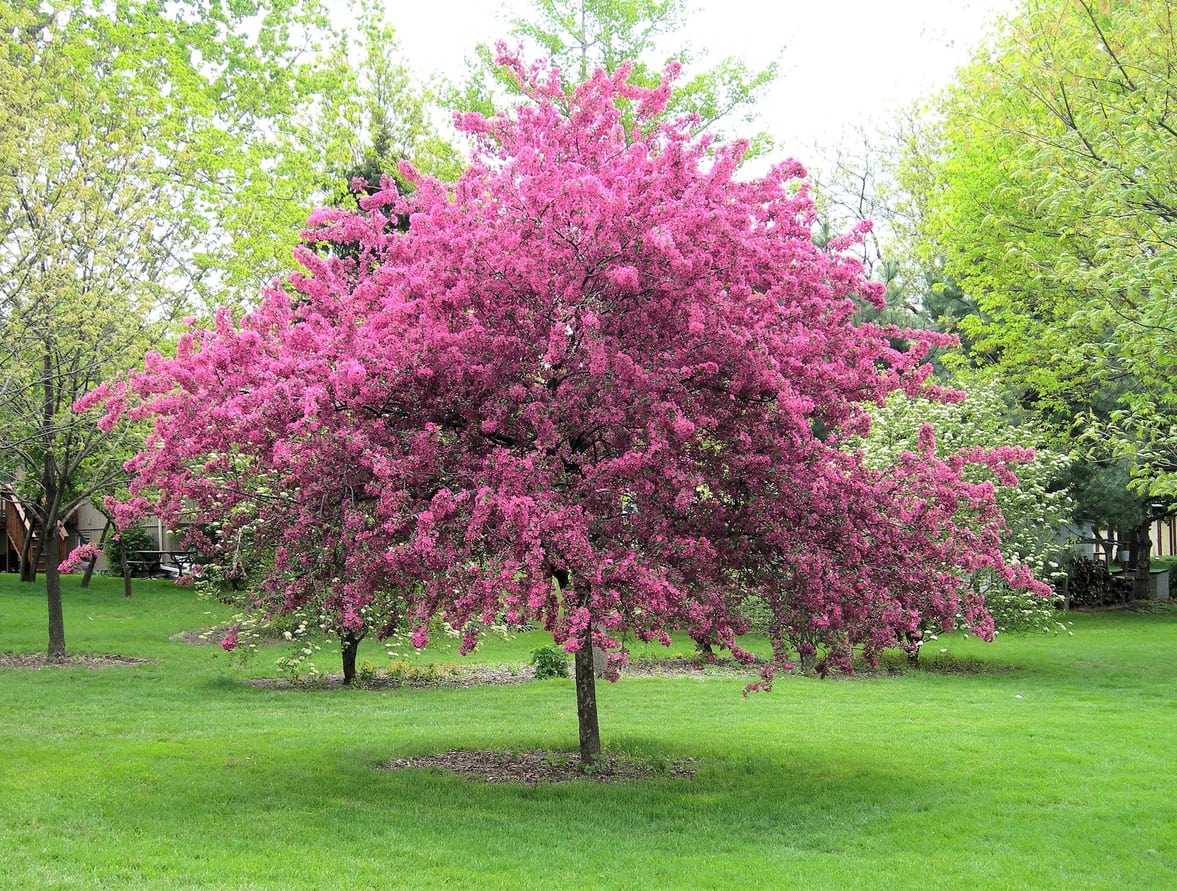 Crabapple Feeding Requirements: Learn How To Fertilize A Crabapple Tree
Crabapple Feeding Requirements: Learn How To Fertilize A Crabapple TreeFlowering crabapple is a popular ornamental tree that many people choose for landscaping for the attractive shape, spring flowers, and low-maintenance needs. Despite its hands-off nature, feeding a crabapple may be necessary to promote growth and health. Learn more here.
By Mary Ellen Ellis
-
Ralph Shay Crabapple Care: Growing A Ralph Shay Crabapple Tree
Ralph Shay crabapple trees are mid-sized trees with dark green leaves and an attractive rounded shape. These crabapples are on the large side and are suitable for growing in USDA plant hardiness zones 4 through 8. Click this article to learn more about them.
By Mary H. Dyer
-
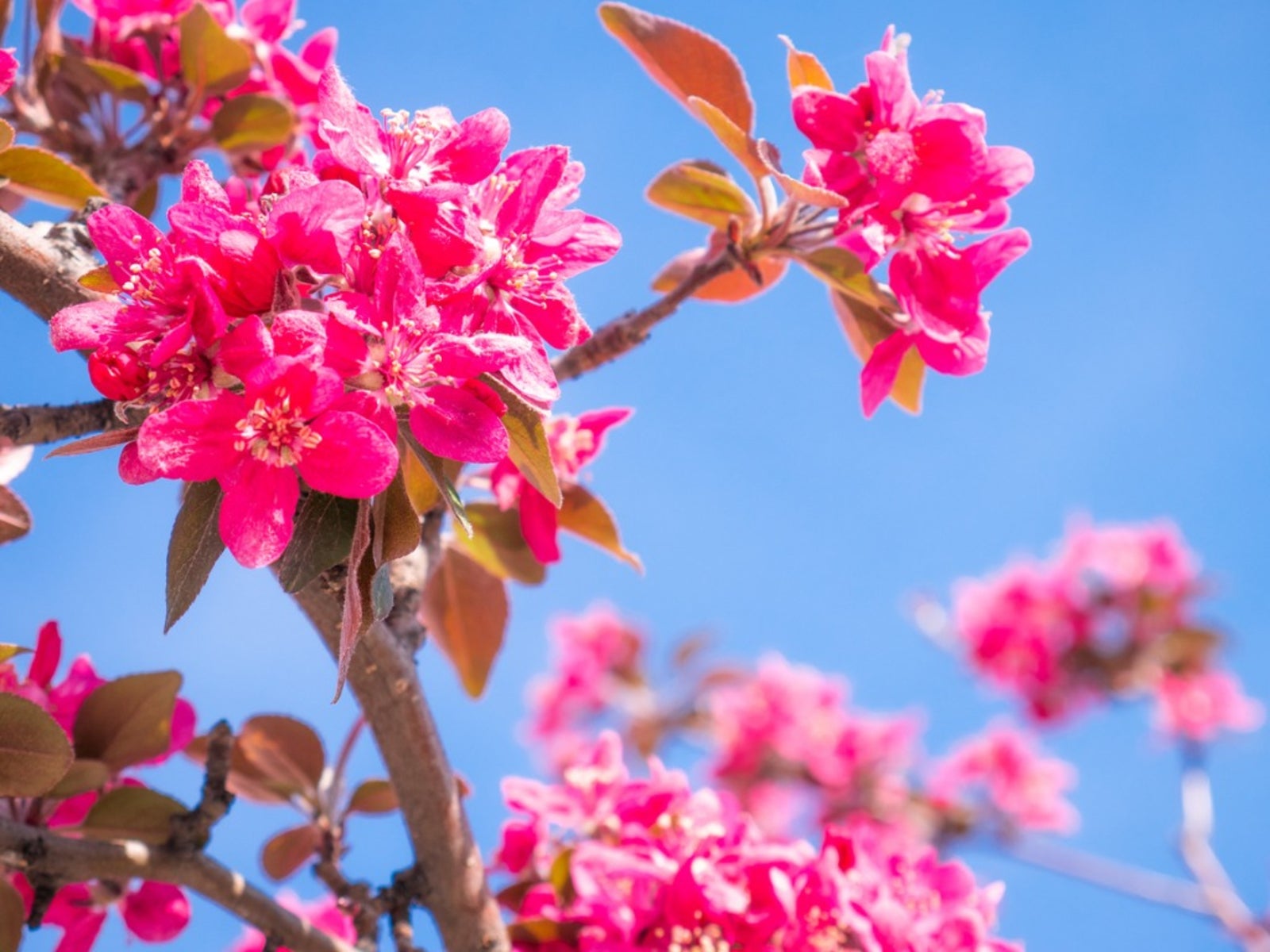 Royal Raindrops Crabapples – Learn About Growing A Royal Raindrops Tree
Royal Raindrops Crabapples – Learn About Growing A Royal Raindrops TreeRoyal Raindrops flowering crabapple is a newer crabapple variety with bold pinkish-red flowers in spring and dark green leaves that turn a bright coppery red in autumn. Interested in growing a royal raindrops tree in your garden? Click here for more information.
By Mary H. Dyer
-
Adams Crabapple As A Pollinizer: Tips For Growing An Adams Crabapple Tree
Beautiful the tree may be, but there is another important reason for growing an Adams crabapple; it is a great choice for pollinating other varieties of apple. Click here to find out how to grow an Adams crabapple and information about Adams crabapple care.
By Amy Grant
-
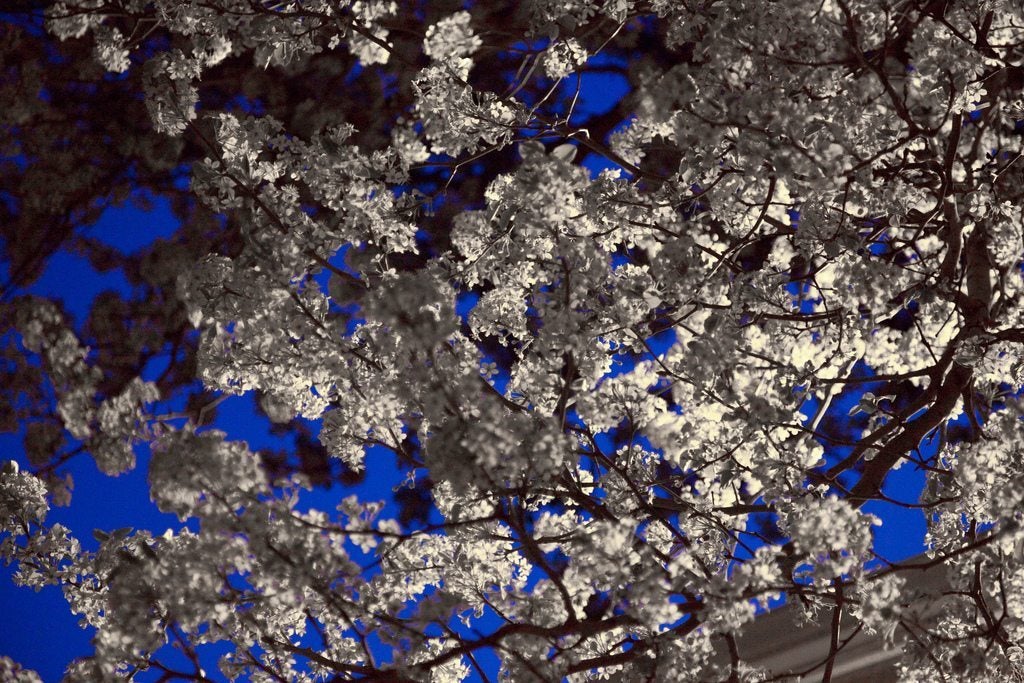 Spring Snow Crabapple Care: How To Grow A Spring Snow Crabapple Tree
Spring Snow Crabapple Care: How To Grow A Spring Snow Crabapple TreeIf you are looking for a fruitless crabapple tree, you might want to think about growing "Spring Snow" crabapples. Click on the article that follows for tips on how to grow a "Spring Snow" crabapple and other information.
By Teo Spengler
-
Camzam Apple Info: Learn About Camelot Crabapple Trees
Even if you lack a large garden space, you can still grow one of the many dwarf fruit trees such as the Camelot crabapple tree. Find out how to grow a Camelot crabapple and other Camzam apple info related to Camelot crabapple care in this article.
By Amy Grant